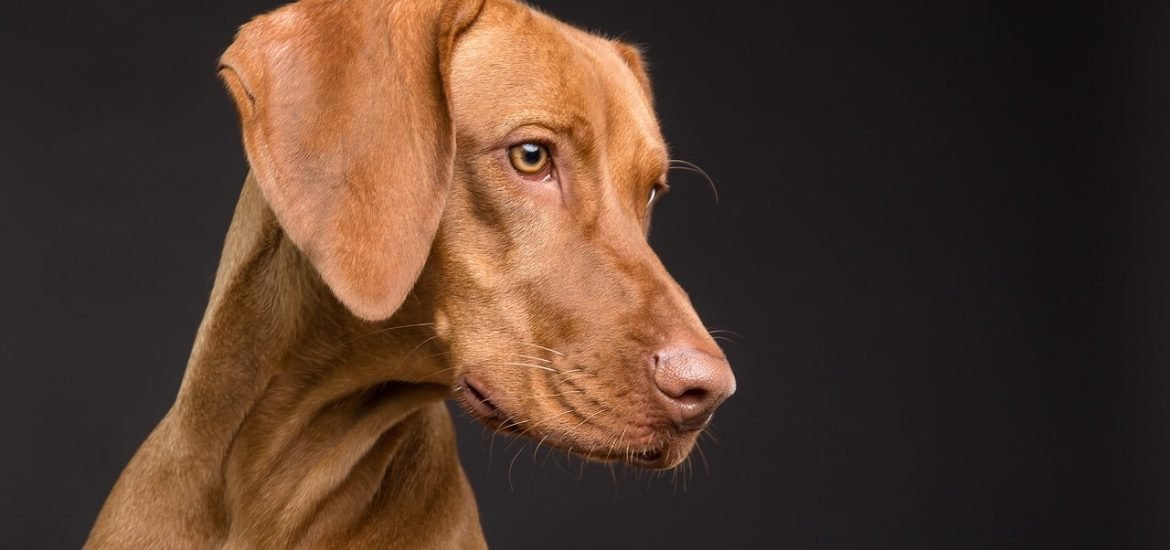
Modern dogs have larger brains compared to breeds that are thousands of years old, according to a study published in the journal Evolution. A team of Hungarian and Swedish researchers suggests this increase is not caused by breed characteristics but it’s more likely influenced by urbanisation and a more complex social environment.
The current 400 breeds of dogs have developed very rapidly in evolution terms and show great diversity. This makes dogs the perfect species to study rapid evolutionary changes, and it may even help researchers understand what factors affect brain size in humans.
Is there a relationship between brain size and the specific task for which the dog was bred? For example, are the brains of hunting dogs bigger than lap dogs because they have a harder task to do? Thinking and cognitive skills require a large brain, but they’re also costly in terms of energy.
“The brains of domesticated animals can be up to twenty percent smaller than those of their wild ancestors. The likely reason for this is that the lives of domesticated species are simpler compared to those of their wild counterparts. In the safe environment provided by humans, there is no need to fear predator attacks or hunt for food. Therefore, there is no need to sustain the energetically costly large brain, and the freed-up energy can be directed towards other purposes, such as producing more offspring, which is important for domesticated animals,” said László Zsolt Garamszegi, an evolutionary biologist at the Ecological Research Centre in Hungary.
“Different dog breeds live in varying levels of social complexity and perform complex tasks, which likely require a larger brain capacity. Therefore, we hypothesise that the selective pressures on the brain can vary within the dog species, and we may find differences in brain size among breeds based on the tasks they perform or their genetic distance from wolves,” added Niclas Kolm at Stockholm University.
Using CT scans, veterinarian Kálmán Czeibert analysed dog skulls from different breeds and calculated brain volume. Results were collected from 865 dogs from 159 different breeds, as well as 48 wolves.
Data shows that wolves have a larger brain than dog breeds of similar size, confirming that domestication resulted in a decrease in brain size. However, the surprising part is that the size of dog brains is increasing again. The further the dog breed is genetically distant from wolves, the larger the brain is.
“The domestication of dogs began approximately twenty-five thousand years ago, but for ten thousand years, dogs and wolves did not differ in appearance. Many ancient breeds, such as sled dogs, still resemble wolves today. However, the transition to settlement, agriculture, pastoralism, and the accumulation of wealth offered various tasks for dogs, requiring guard dogs, herding dogs, hunting dogs, and even lap dogs. However, a significant portion of the distinct-looking breeds known today has only emerged since the industrial revolution, primarily in the last two centuries, as dog breeding has become a kind of hobby,” says Enikő Kubinyi, a senior research fellow at the Department of Ethology at ELTE.
“The results show that the breeding of modern dog breeds has been accompanied by an increase in brain size compared to ancient breeds. We couldn’t explain this based on the tasks or life history characteristics of the breeds, so we can only speculate about the reasons. Perhaps the more complex social environment, urbanization, and adaptation to more rules and expectations have caused this change, affecting all modern breeds.”
Garamszegi L, Kubinyi E, Czeibert K, Nagy G, Csörgő T, Kolm N (2023) Evolution of relative brain size in dogs – no effects of selection for breed function, litter size or longevity, Evolution, https://doi.org/10.1093/evolut/qpad063